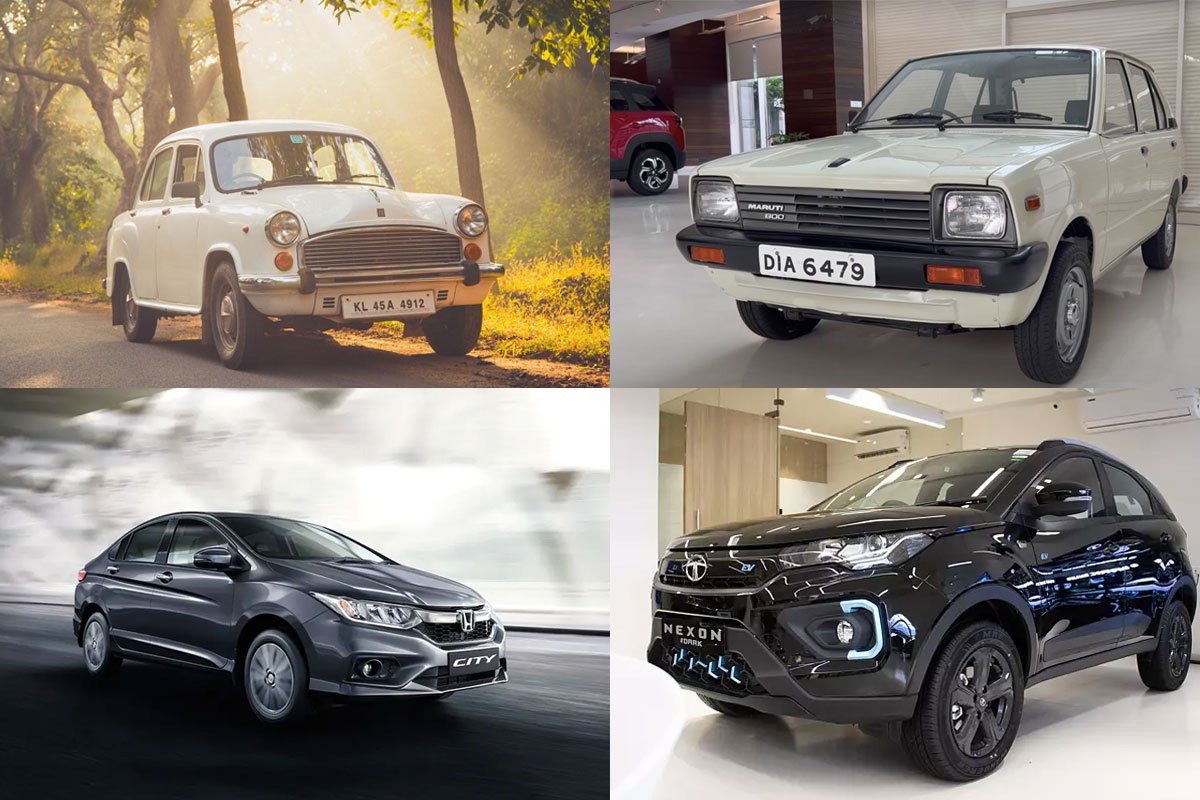The Indian automobile industry has undergone a remarkable transformation since its early days, playing a pivotal role in the country’s economic growth and technological advancement. From humble beginnings to becoming the third largest global manufacturing hub, the industry’s journey is a testament to the nation’s determination and innovation. This article delves into the historical evolution of the Indian automobile industry, highlighting key milestones, innovations, and significant contributions to both the economy and the technological landscape.
Early Days and the Seeds of Growth (1940s-1960s)
The Indian automobile industry traces its roots back to the 1940s when the first assembly lines were established for cars and commercial vehicles. In 1947, after India gained independence, foreign carmakers like Hindustan Motors and Premier Automobiles began producing vehicles. The iconic Hindustan Ambassador, based on the Morris Oxford, rolled off the assembly lines in 1957, becoming a symbol of luxury and prestige.
Economic Liberalization and Technological Leap (1970s-1990s)
The 1970s and 1980s witnessed the government’s efforts to develop the indigenous automobile manufacturing sector. The Maruti Suzuki 800, introduced in 1983, marked a significant milestone as India’s first modern small car. A joint venture between the Indian government and Suzuki of Japan, it revolutionized the Indian automotive landscape and set the stage for future developments.
The 1990s heralded a new era for the industry with economic liberalization policies. Foreign investment surged, leading to collaborations between global automakers and local companies. This period witnessed the entry of international giants like Hyundai, Ford, and Honda, introducing advanced technologies and modern designs. This was also the decade when Tata Motors launched the Tata Indica, India’s first indigenously developed passenger car.
Globalization and Expansion (2000s)
The 2000s saw rapid growth and diversification of the Indian automobile market. SUVs gained popularity, and the mid-size segment witnessed fierce competition with models like the Honda City and Hyundai Verna. The launch of the Tata Nano in 2009 aimed to provide affordable mobility to millions, although it faced challenges due to production issues and market perception.
Technological Advancements and Sustainable Future (2010s-Present)
The 2010s marked a significant shift towards sustainable and electric mobility. The government launched the Faster Adoption and Manufacturing of Hybrid and Electric Vehicles (FAME) scheme to promote electric vehicle adoption. Companies like Mahindra & Mahindra and Tata Motors introduced electric vehicles, paving the way for a greener automotive landscape.
Additionally, global automakers began leveraging India’s engineering talent for research and development. Hyundai’s Indian division played a vital role in the development of compact SUVs for the global market. This shift in focus from just manufacturing to research and development highlights India’s growing importance in the global automotive arena. This resulted in improved quality standards, safety features, and the adoption of advanced technologies.
Contributions to the Economy and Technological Advancements
The Indian automobile industry has been a crucial contributor to the country’s economy. It has generated substantial employment opportunities across various sectors, from manufacturing and sales to service and maintenance. The industry’s contributions to GDP, exports, and tax revenue are substantial, making it a cornerstone of India’s economic growth.
In terms of technological advancements, the Indian automobile industry has witnessed notable achievements. Indian engineers have been involved in designing and engineering vehicles for global markets, showcasing their skills and expertise. Moreover, the push towards electric and hybrid vehicles underscores the industry’s commitment to sustainable development and technological innovation.
Decades-Wise Car Launches in India
- 1950s-1960s: Hindustan Ambassador
- 1970s-1980s: Maruti Suzuki 800
- 1990s: Tata Indica, Hyundai Santro
- 2000s: Ford Endeavour, Honda City (3rd Generation)
- 2010s: Tata Nano, Mahindra e2o, Hyundai Creta
- 2020s (Till Date): Tata Nexon EV, Mahindra XUV 400, Kia Seltos, Tata Altroz, Hyundai i20 (4th Generation)
Conclusion
The evolution of the Indian automobile industry is a fascinating journey of growth, innovation, and adaptation. From its modest beginnings to becoming a global automotive player, the industry’s progress reflects India’s capability to embrace change and excel in a dynamic market. As the industry continues to evolve, its contributions to the economy, technological advancements, and commitment to sustainability remain steadfast, promising an exciting and transformative future.


